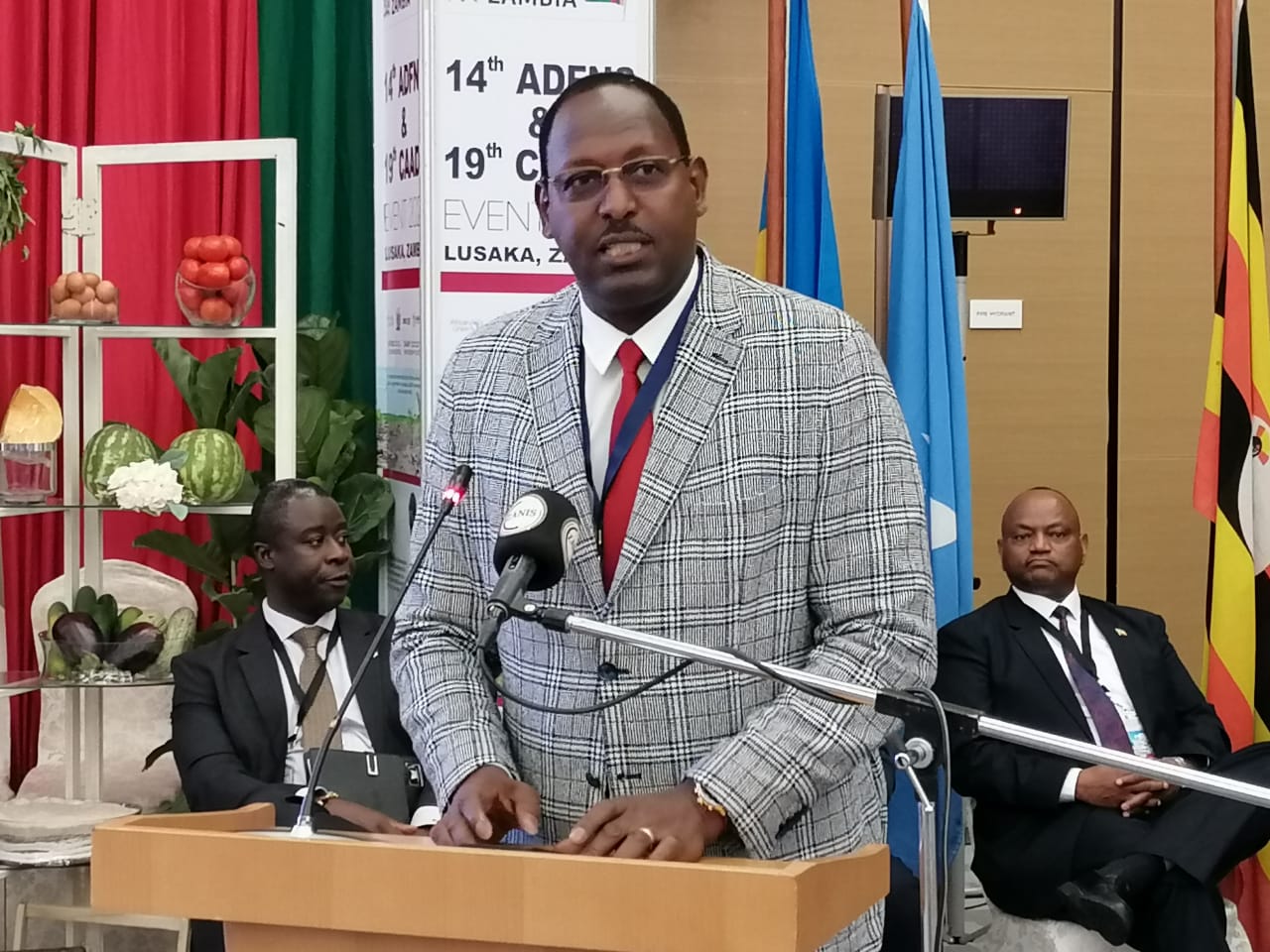The ambitious Bottom-Up Economic Plan developed by the government aims to tackle complex domestic and global challenges. The Chairman of the Agriculture Committee in National Assembly Dr. John Mutunga says through implementing the Bottom-Up Economic Transformation Agenda (Beta) Kenya will be on the way to getting the majority of the people from the bottom of the pyramid and out of abject poverty.
Dr. Mutunga said that Kenya has progressively increased the budgetary allocation to agriculture to support value chain development and inclusivity in agriculture. “Inclusivity has a lot more to do with having more of women and youth targeted for value chain development support towards empowerment and job creation,” he said and added that, “the Bottom-Up approach is about making sure that markets work, and more importantly, work for the poor.
The Chair of the Agriculture Committee and Member of Parliament for Tigania West noted who spoke during the 14th Africa Day for Food and Nutrition Security (ADFNS), the 19th edition of the Comprehensive Africa Agriculture Development Programme (CAADP) Partnership Platform (PP), the associated Malabo Policy Learning Event (MAPLE) and the CAADP High-Level Ministerial Forum (HLMF) in Lusaka, Zambia, said that Kenya is also progressively embracing digital solutions in a variety of sectors including agriculture.
He noted that by leveraging the agriculture sector, Kenya’s Bottom-Up approach aids in the realization of the Malabo Declaration agreed upon in 2014 in which African Union member states signed towards “Transforming Africa’s Agriculture for Shared Prosperity and Improved Livelihoods through Harnessing Opportunities for Inclusive Growth and Sustainable Development.
At the event which also saw members of parliament attending the meeting launch the Africa Food Systems Parliamentarian Partnership Network (AFSPaN), Dr. Mutunga said that towards achieving the Malabo targets, Kenya has initiated a drive to register farmers and so far 6.3 million farmers have been registered which gives the government an opportunity to provide targeted interventions in ensuring productivity, “this enables effective use of technology when providing interventions, enables better targeting, quantitative planning, monitoring and evaluation of progress, programs, and impacts,” said Dr. Mutunga.
Due to the impacts of climate change on agriculture productivity, “Kenya has also increased the climate actions for sustainable agricultural production through uptakes of requisite options, while aware that agriculture is both a polluter and a source of solutions,” said Dr. Mutunga and added, “The aim is to conserve our environment while at the same time increase productivity coupled with use of drought tolerant seed varieties that help to increase yields.”
The Chairperson of the agriculture committee in the national assembly said that among efforts being undertaken to adapt and also combat the impacts of climate change in the agriculture sector include; increased financing towards water harvesting structures to avail water for expansion of area under irrigation; The country has invested in over 100 mega dams in upstream damming exercise and over 500 earth dams for downstream and other forms of supplementary irrigation “to enable us improve in the utilization of part of the 80% Arid and Semi-Arid Lands (ASALs) in Kenya,” he added.
The adoption of appropriate fertilizer blends, he said, is aimed at improving soil health and management which is key to increasing agricultural productivity. “The government fertilizer subsidy program has hit a 60% reduction in the overall cost and total fertilizer requirement, which has had significant improvements in yields over the last two seasons, and continuing,” he added.
The use of mobile telephony has seen farmers reduce the time spent in finding markets for their produce, he said, adding that this has reduced the cost of input delivery as well as middle level handling, in effect reducing the temptation to employ irregular practices, which has also made it easier for private sector uptake.





